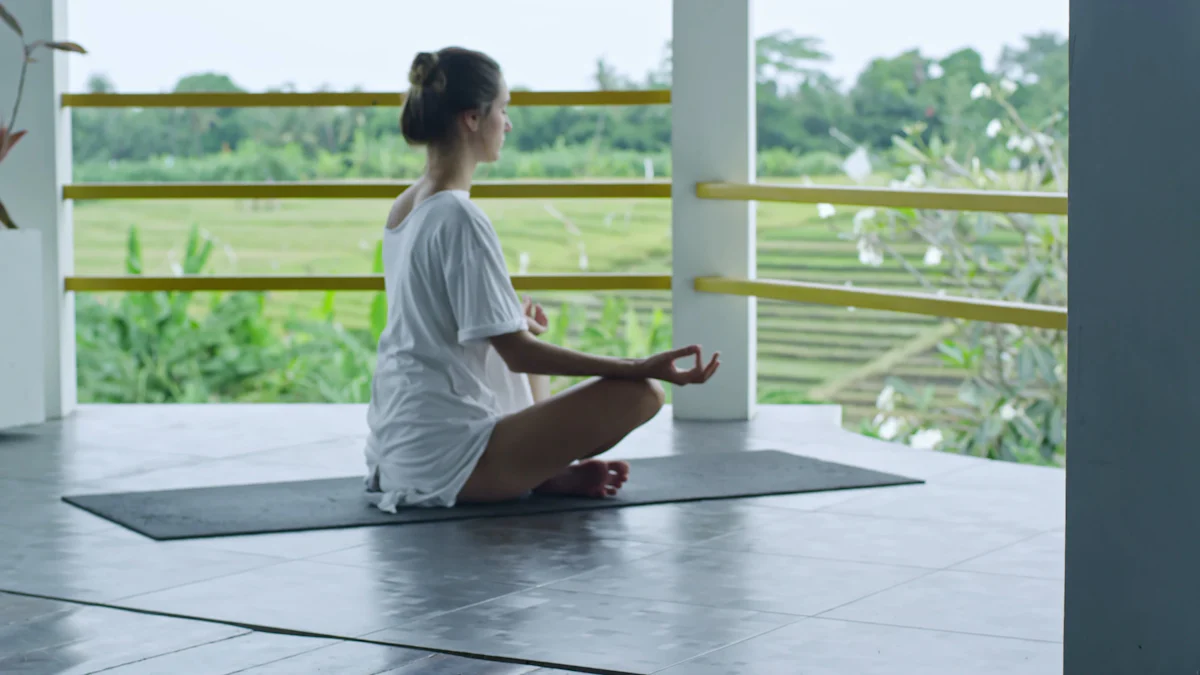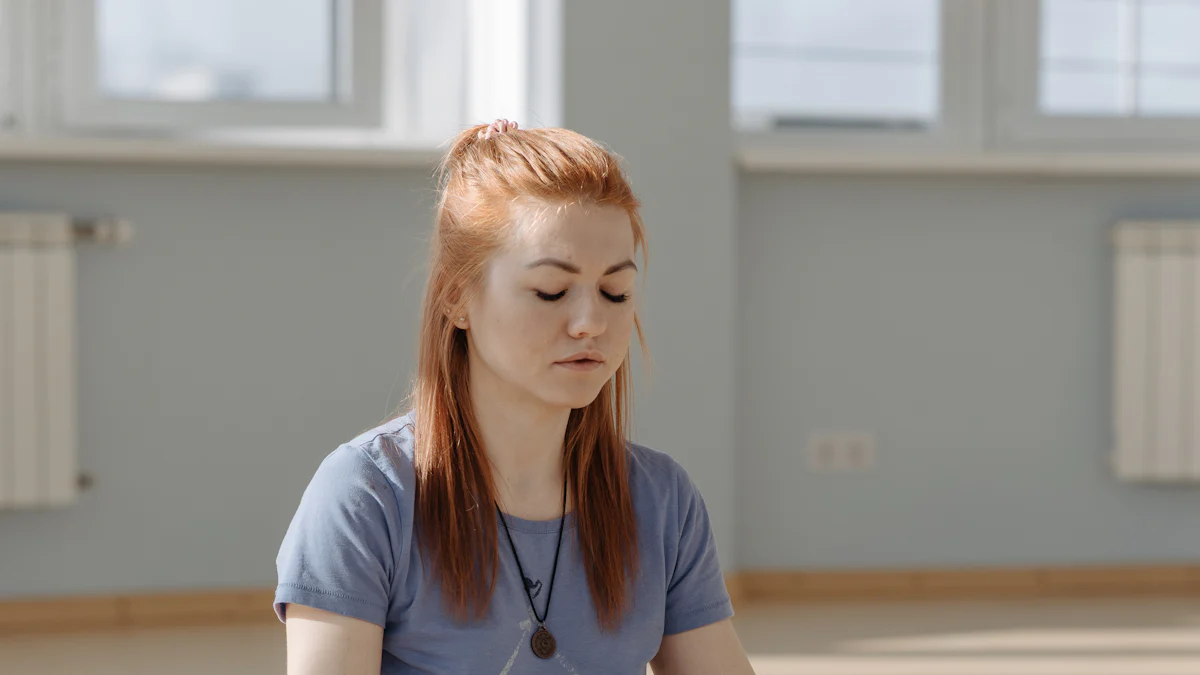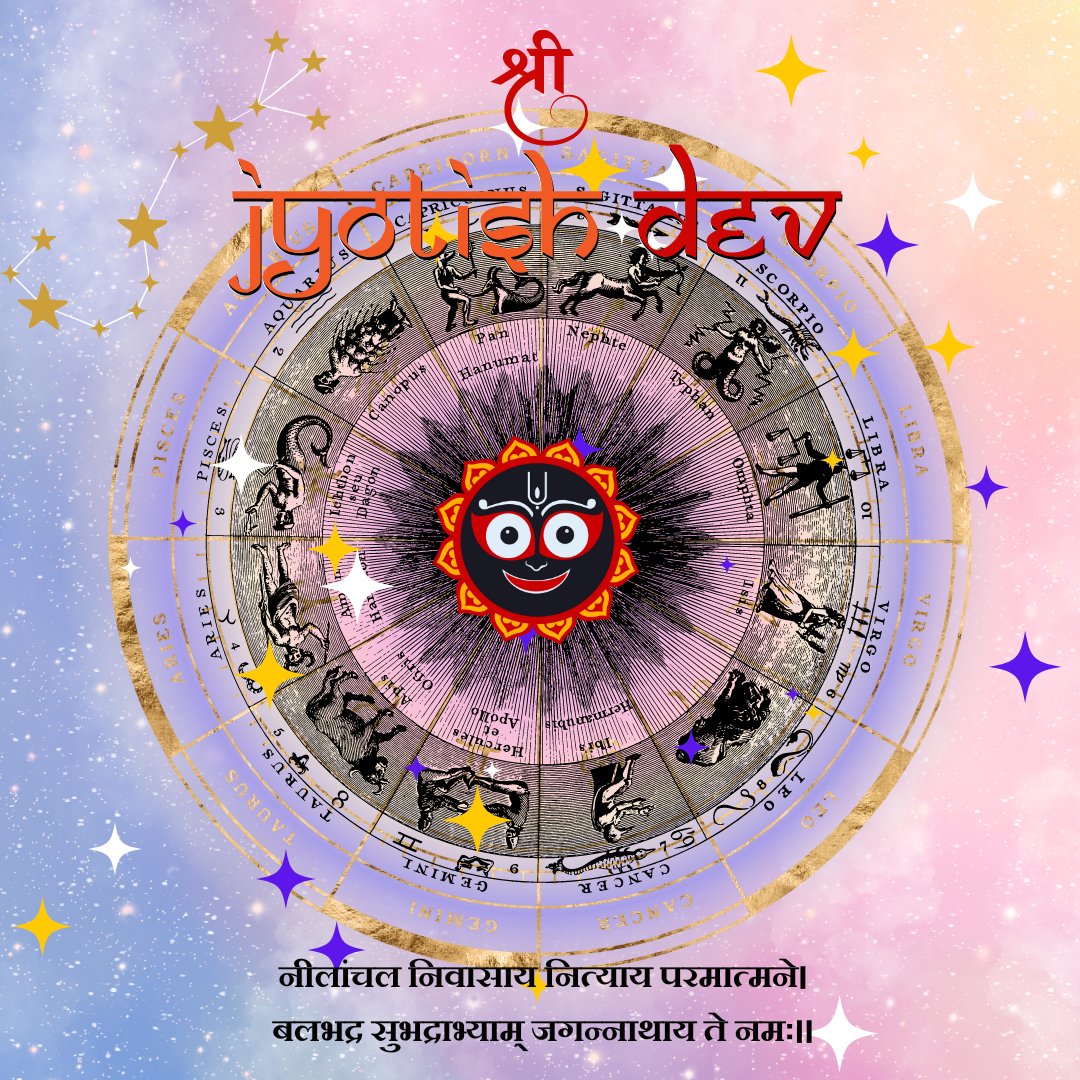Steps to Meditate with a Short Attention Span

Learning how to meditate when your attention span is 0.1 second can feel like an uphill battle. Your mind might drift constantly, and sitting still could seem nearly impossible. But don’t worry—this doesn’t mean meditation isn’t for you.
With the right techniques, you can train your mind to embrace moments of calm. The key is to find a meditation style that suits your personality and needs. When you choose a method that feels natural, meditation transforms from a challenge into a deeply rewarding experience.
Key Takeaways
Meditation is accessible for everyone, even those with a short attention span; it's about finding the right style that suits you.
Start with clear goals for your meditation practice to stay motivated and focused on your journey.
Experiment with different meditation styles—like open-awareness, focused, or movement meditation—to discover what feels best for you.
Begin with quick sessions of just 1-2 minutes daily, gradually increasing the time as you become more comfortable.
Incorporate tiny meditations into your daily routine, such as mindful breathing or observing your surroundings, to build a habit.
Be patient and kind to yourself; meditation is a practice that improves over time, and it's okay if your mind wanders.
Use guided meditation apps or resources to help you stay focused and make the practice easier, especially as a beginner.
Understanding the Challenge
Why Meditation Feels Hard with a Short Attention Span
Meditation can seem really tough when your mind keeps wandering. You may sit down to focus, but get distracted fast. This happens because your brain likes constant activity. In today’s busy world, your mind is used to doing many things at once. Slowing down feels strange, and that’s okay.
The good news is meditation doesn’t need to be perfect. You don’t have to stop all your thoughts. Instead, you can practice bringing your focus back when it drifts. Think of it like training a puppy. The puppy (your mind) will run away often, but with patience, it learns to stay close. Over time, this helps you focus better, even if it’s hard at first.
Meditation’s Purpose: More Than Focus and Relaxation
Some people think meditation is just for relaxing or focusing. While those are significant benefits, meditation does much more. It helps you understand yourself better. You can notice your thoughts and feelings without judging them. This can help you grow as a person.
Long ago, meditation was about going beyond the ego to feel pure being. You don’t have to aim for that unless it feels right for you. Meditation can simply help you feel calmer, happier, or more present. The best part is how flexible it is. You can adjust it to fit your needs and goals.
“Meditation isn’t about stopping thoughts but knowing we are more than our thoughts.” – Jon Kabat-Zinn
Picking the Right Meditation Style for You
Your personality matters when choosing a meditation style. Just like people enjoy different hobbies, meditation isn’t the same for everyone. Knowing yourself can help you pick a method you’ll enjoy.
If you’re relaxed and like observing, try open-awareness meditation. This lets you notice things around or inside you without focusing on one thing.
If you like structure and goals, focused meditation might work. This means concentrating on one thing, like breathing or a word.
If you’re curious and like exploring, introspective meditation could fit. This helps you think about your feelings, thoughts, or beliefs.
If looking inward feels too much, try movement or sound meditation. Walking meditation or listening to sounds can help you connect with the world.
Trying different styles can help you find what works best. Meditation shouldn’t feel like a task. When it matches your personality, it becomes something you enjoy doing.
How to Meditate When Your Attention Span is 0.1 Second

Step 1: Know Why You Want to Meditate
Think about why you want to try meditation. Is it to feel calmer, focus better, or lower stress? Knowing your reason helps you stay motivated. It’s easier to stick with meditation when you know your goal. For example, if you feel anxious, calming methods might help. If you want more creativity, open-awareness techniques could work.
Write your goals down or say them aloud. This simple step keeps you focused. Your goals can change over time, and that’s okay. What matters is starting with a clear purpose. When you know why you’re meditating, it’s easier to keep going, even if focusing feels hard.
Step 2: Pick a Meditation Style That Matches You
Not all meditation styles work for everyone. The best one depends on what feels right for you. If you enjoy observing without judging, try open-awareness meditation. If you prefer structure, focused meditation might be better.
Here are some examples:
Open-Awareness Meditation: Notice your thoughts or surroundings without picking one thing.
Focused Meditation: Pay attention to one thing, like breathing or a candle.
Movement-Based Meditation: Try walking or yoga if sitting still is hard.
Sound Meditation: Listen to calming sounds or music to stay focused.
Try different styles to see what feels good. You might find one that’s easy and fun. When you enjoy the style, meditation feels less like work and more like something you look forward to.
Step 3: Start Small and Go Slow
Begin with just a minute or two each day. Even short sessions can help. Use a timer so you don’t check the clock. Find a quiet spot where you feel relaxed. Sit or stand in a way that feels comfortable.
Focus on the style you chose. If your mind wanders, gently bring it back. Don’t be hard on yourself. Each time you refocus, you get better at concentrating. Slowly increase your time. Add a minute each week or whenever you feel ready.
Doing meditation daily is more important than how long you do it. Even brief sessions help you build a habit. Celebrate small wins, like finishing two minutes. With time and patience, you’ll improve, even if focusing feels tough at first.
“Small steps lead to big changes. Start where you are, and let the journey unfold.”
Step 4: Try Open and Focused Meditation
Finding your meditation style can feel exciting, like a discovery. Open and focused meditation are two different ways to practice. Open meditation lets you notice thoughts, feelings, or surroundings calmly. It’s like watching clouds move across the sky. You just observe what happens without judging it.
Focused meditation is about paying attention to one thing. This could be your breath, a candle, or a word. It’s like shining a flashlight on one spot in the dark. When your mind drifts, gently bring it back to your focus.
To try both, spend a few days on each style. On one day, do open meditation. Sit quietly and let your mind roam. The next day, practice focused meditation. Pick something to focus on and see how long you can stay with it. Notice which feels easier or more enjoyable for you. You might prefer one style or like switching between them.
“Meditation isn’t about stopping thoughts. It’s about letting them flow.” – Unknown
This process helps you learn how to meditate with a short attention span. It’s not about forcing yourself into one way. It’s about finding what works best for you and enjoying it.
Quick Tips for Success
Add Tiny Meditations to Your Day
You don’t need long sessions to enjoy meditation. Short meditations, lasting seconds or minutes, can fit easily into your day. These quick mindful moments help you stay calm and focused, even when busy.
Take a few deep breaths before starting something new. Notice how the air feels as you breathe in and out.
While waiting in line, look around or feel your feet on the ground.
Before eating, notice your food’s colors, textures, and smells.
These small habits build up. They teach your mind to find peace in everyday life. You’ll feel calmer with no need for extra time in your day.
“Meditation isn’t about big moments. It’s about finding peace in small ones.” – Unknown
Try Moving Meditation for Restless Minds
If sitting still is hard, moving meditation might work better. This type of meditation mixes mindfulness with movement, which is great for active minds.
Walk slowly and notice how your feet touch the ground.
Do yoga or tai chi. These combine movement with breathing and awareness.
Stretch mindfully. Pay attention to how your body feels as you move.
Moving meditation keeps your body busy while calming your thoughts. It’s a fun way to stay present, especially if sitting meditation feels tough.
Use Apps or Guides to Help You Focus
Guided meditations give clear steps, making it easier to stay focused. Apps and online tools offer many options for different needs.
Download apps like Calm, Headspace, or Insight Timer. They have guided sessions for beginners and experts.
Look for free guided meditations on YouTube. Some focus on relaxation or improving focus.
Listen to recordings that guide you through breathing, body scans, or imagining peaceful scenes.
Guided meditations make it simple to start. They help you stay focused and make meditation feel easy, even if you’re new to it.

Be Patient and Kind to Yourself
Meditation takes time to learn. It’s not a race to finish. You might feel upset when your mind drifts or focusing feels hard. This is normal. Instead of being upset, see these moments as chances to improve. Each time you refocus, you get better at concentrating.
Think of meditation like learning a hobby. You wouldn’t expect to play an instrument perfectly on the first day. Meditation also takes small steps to improve. Celebrate every moment you practice, even if it’s short or feels messy.
Here are ways to stay patient and kind:
Notice Your Effort: Just trying to meditate is a success. Even if it feels hard, you’re building a good habit.
Forget Perfection: Meditation isn’t about doing it perfectly. It’s about being present. It’s okay if your mind wanders. That’s part of learning.
Be Nice to Yourself: Don’t say mean things to yourself. Instead of thinking, “I’m bad at this,” say, “I’m learning, and that’s okay.”
Stay in the Moment: Don’t worry about how long it will take to get better. Focus on now and trust that practice will help.
“Be kind to yourself. You’re doing your best.” – Unknown
Being patient and kind helps you grow. When you treat yourself with care, it’s easier to keep meditating. Over time, you’ll see the benefits, even if it feels slow at first.
Benefits of Meditation for Short Attention Spans
Better Focus and Clearer Thinking
Meditation helps you focus better. When your mind wanders, bringing it back trains your brain to stay on track. This practice makes it easier to pay attention in daily life. Over time, you’ll find it simpler to finish tasks without getting distracted.
Meditation also clears your mind. It reduces the constant thoughts and worries that clutter your brain. This gives you space to think clearly and make smarter choices. Even a few minutes of meditation each day can help you feel more in control of your thoughts.
“Meditation is like exercise for your brain. It builds focus and clears your mind, little by little.”
Less Stress and Better Control of Emotions
Meditation helps your body relax. It lowers stress by calming your nervous system and reducing stress hormones, like cortisol. You’ll feel more peaceful, even when things get tough.
It also helps you handle emotions better. Meditation teaches you to notice your feelings without reacting right away. This makes it easier to stay calm and think before acting. You’ll feel more balanced, even when emotions are strong.
Simple breathing or mindfulness exercises can quickly lower stress. These tools help you feel calm and in control anytime you need them.
Knowing Yourself and Growing as a Person
Meditation helps you understand yourself more. By watching your thoughts and feelings, you learn about your habits and triggers. This awareness helps you make better choices and improve your life.
Meditation also connects you with your true self. Quiet moments let you think about your goals, values, and dreams. These reflections inspire you to grow and live in a way that feels right for you.
As you keep meditating, you’ll feel more confident and steady. You’ll notice a stronger sense of purpose and happiness in your everyday life.
“Meditation helps you discover who you are and become your best self.”
Meditating with a short attention span can be simple. First, think about your goals and pick a style you like. Start small with short sessions and try open or focused methods. Add quick meditations to your day to stay consistent.
Try different ways to see what works best for you. Meditation isn’t the same for everyone, so enjoy its flexibility. With time and practice, you’ll see the benefits. Every little step helps you feel calmer and more focused. Don’t give up—you’re doing great!
FAQ
What if I can’t sit still to meditate?
You don’t have to sit still to meditate. Try moving meditations like walking or yoga. Pay attention to your body or breathing as you move. This keeps your mind busy and helps you stay focused.
How long should I meditate each day?
Start with just 1–2 minutes a day. Slowly add more time when you feel ready. Doing it daily is more important than how long you meditate. Even short times help you build a habit and see results.
What should I do when my mind keeps wandering?
It’s okay if your mind wanders. When it does, gently bring your focus back. Focus on your breath, a sound, or something else. Each time you refocus, you train your brain to concentrate better.
Can I meditate lying down?
Yes, you can meditate while lying down. Pick a comfy position but stay awake. Body scan meditations work well lying down. Focus on each body part, notice feelings, and relax tension.
Do I need a quiet space to meditate?
A quiet place helps, but it’s not required. You can meditate anywhere, even in noisy spots. Use the surrounding sounds, like traffic or a fan, to stay present.
Are meditation apps helpful for beginners?
Yes, apps can help beginners meditate. Apps like Calm or Headspace give step-by-step guidance. They help you stay focused and try different meditation styles.
How do I know which meditation style is right for me?
Try different styles to see what feels best. Test open-awareness, focused, movement, or sound meditations. Pick the one that feels easiest and most enjoyable for you.
Can I meditate if I have a very busy schedule?
Yes, you can meditate even on a packed day. Try quick meditations, like deep breaths before meetings or focusing on your steps while walking. These small moments make a big difference.
What if I don’t feel calm after meditating?
It’s normal not to feel calm every time. Some days are harder, and that’s okay. Meditation is about practice, not being perfect. Over time, you’ll feel calmer and more focused.
Is it okay to skip a day of meditation?
Yes, skipping a day is fine. Missing once doesn’t ruin your progress. Just start again the next day. Focus on building a steady habit, not being perfect.
“Meditation is a journey, not a race. Every step matters.”
See Also
A Comprehensive Approach to Analyzing Your Kundali
Astrological Solutions for Resolving Marriage Delays
Using Psychological Astrology for Enhanced Self-Discovery

